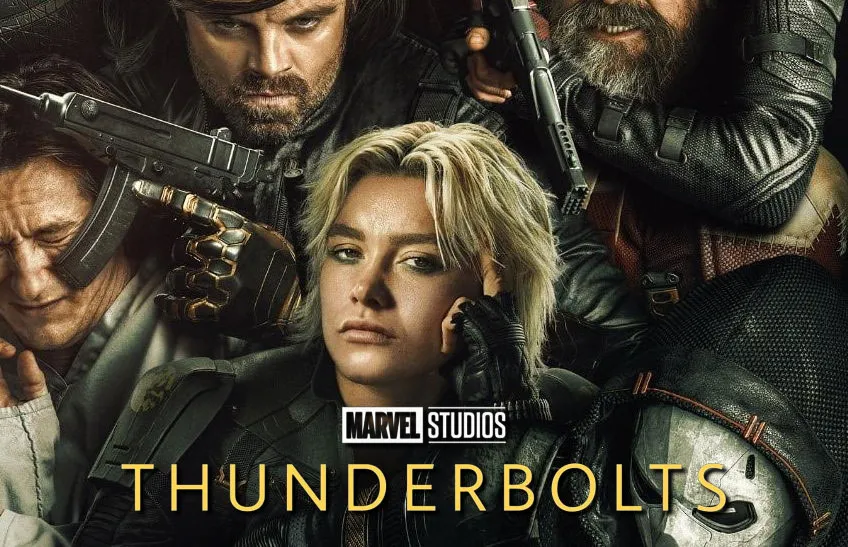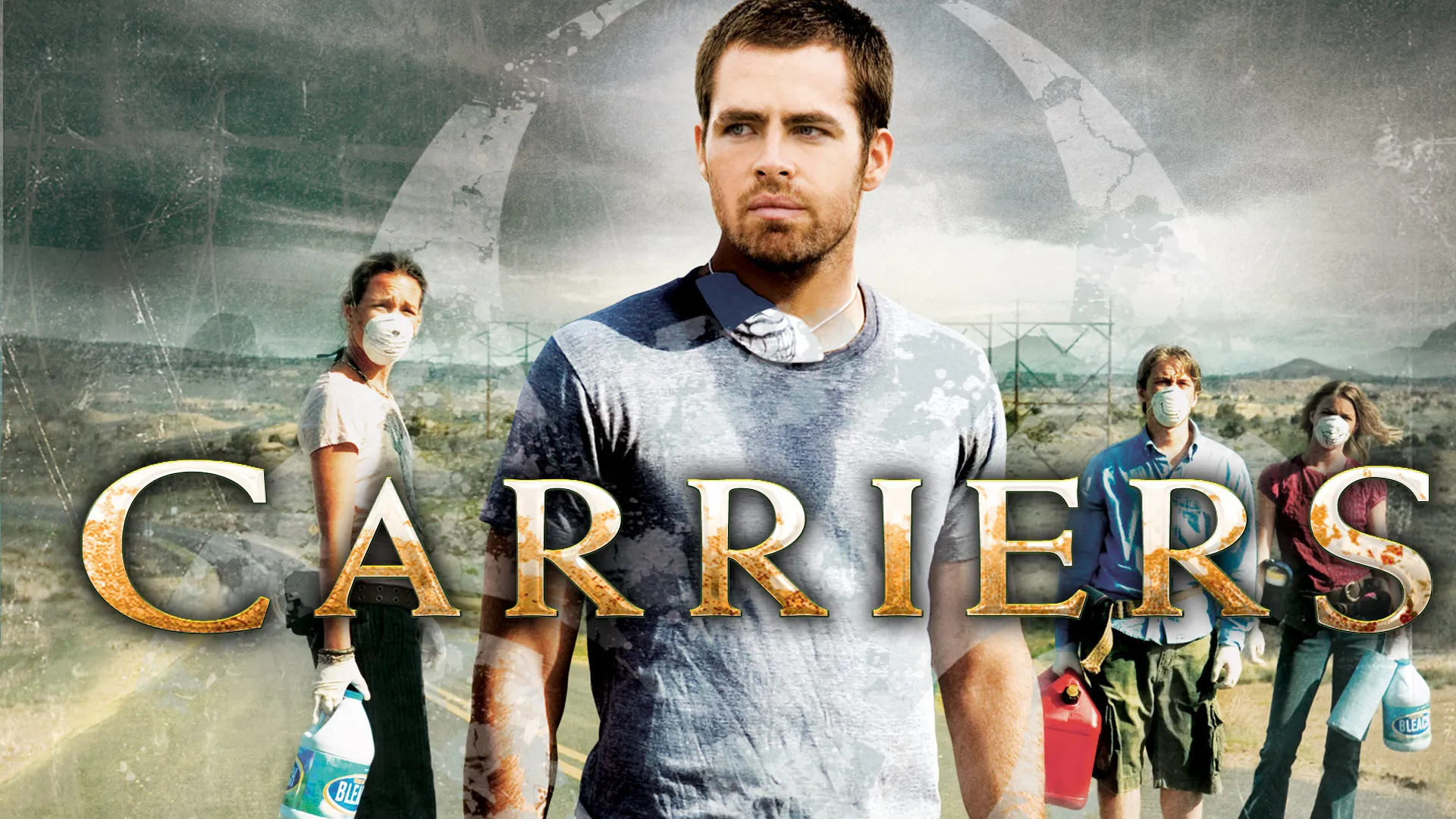He came to Earth with power beyond imagining — but humanity gave him purpose.
Before he became the symbol, before the red cape billowed in triumph, The Man of Steel redefined Superman not as a savior, but as a stranger — a child cast adrift between worlds. Directed by Zack Snyder and penned by David S. Goyer and Christopher Nolan, the film reimagines the most iconic superhero origin with operatic weight, cosmic consequence, and a brooding, conflicted heart.

This is not the clean-cut boy scout of the past. Kal-El, orphaned of Krypton and raised as Clark Kent on the quiet plains of Kansas, wrestles with his alien heritage and his human soul. As Earth faces an existential threat from General Zod — a remnant of his past and a mirror of what he could become — Clark must decide not just what he can do, but who he wants to be. The question is no longer “Can he save us?” but “Does he belong with us?”
With Hans Zimmer’s thunderous score and Snyder’s mythic, sometimes melancholic visual style, The Man of Steel plays less like a comic book adaptation and more like a modern myth. Battles roar through cities like gods at war. Skies split open. The camera lingers not only on destruction, but on moral consequence. Superman doesn’t just fly — he falls, he chooses, he carries weight no one else can.

The film is a study in dualities: man and god, savior and exile, protector and destroyer. It explores fear — how the world fears what it doesn’t understand, and how a man raised in silence must learn to speak as a symbol. It questions whether power can exist without violence, and whether peace is earned through restraint or force.
The Man of Steel dares to strip down a legend and rebuild him with fire and doubt. In doing so, it gives us not just a Superman for our time — but a Kal-El who bleeds, who questions, and who learns, painfully, how to hope.
-1754617732-q80.webp)


